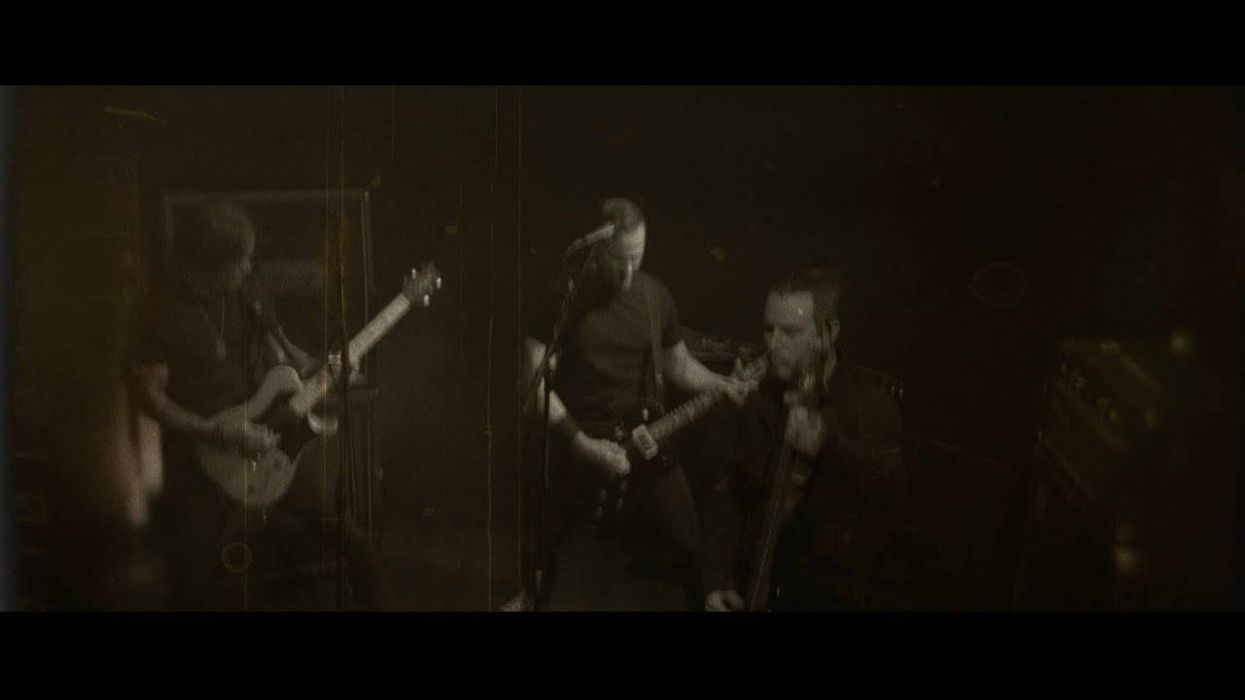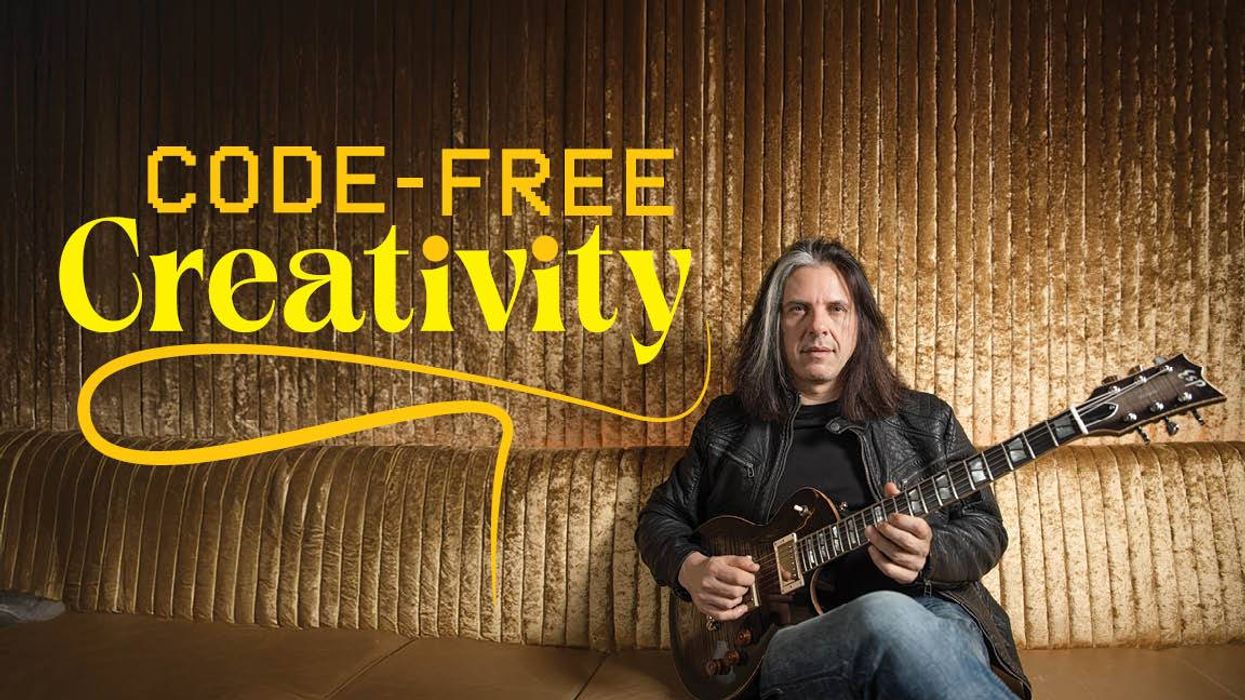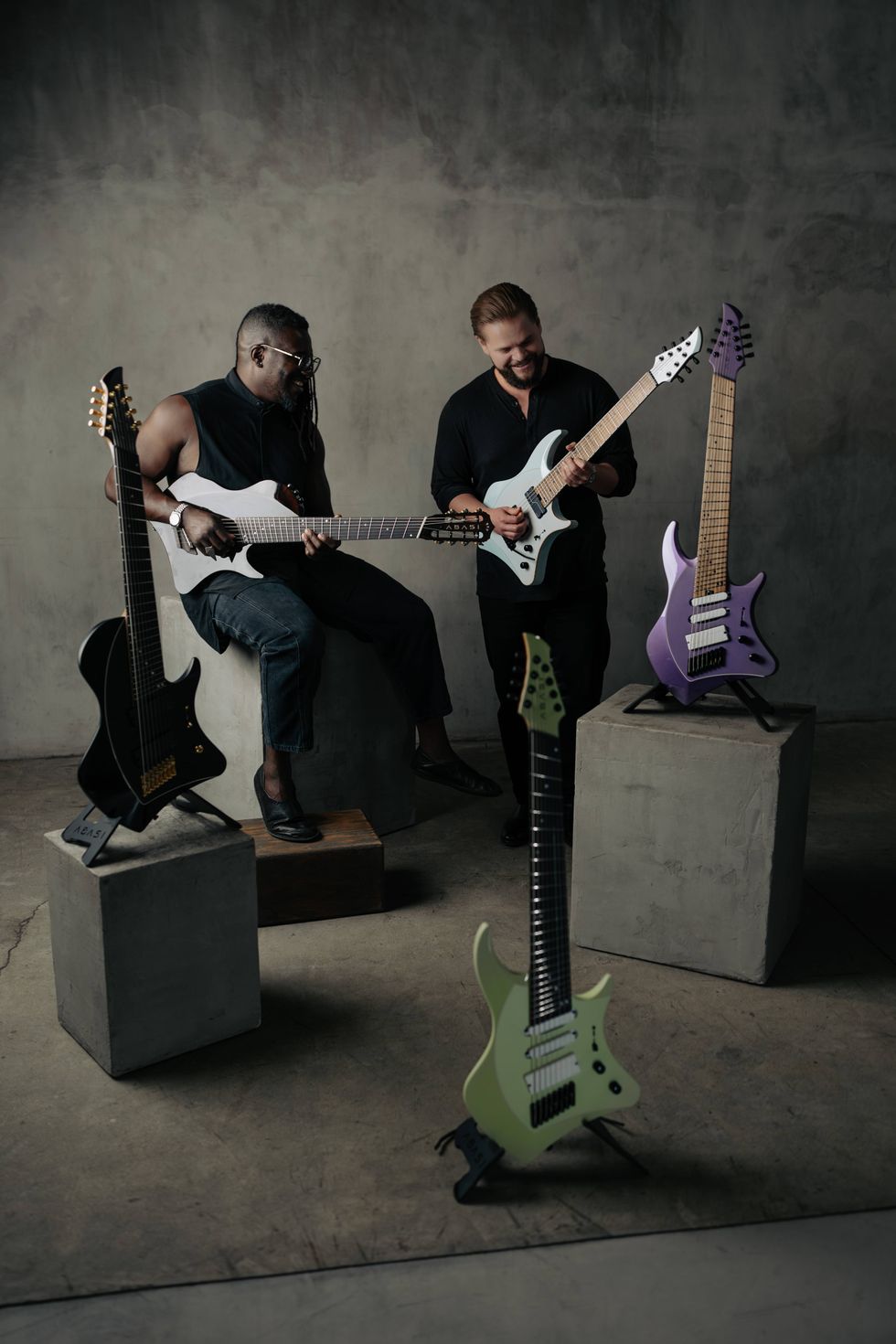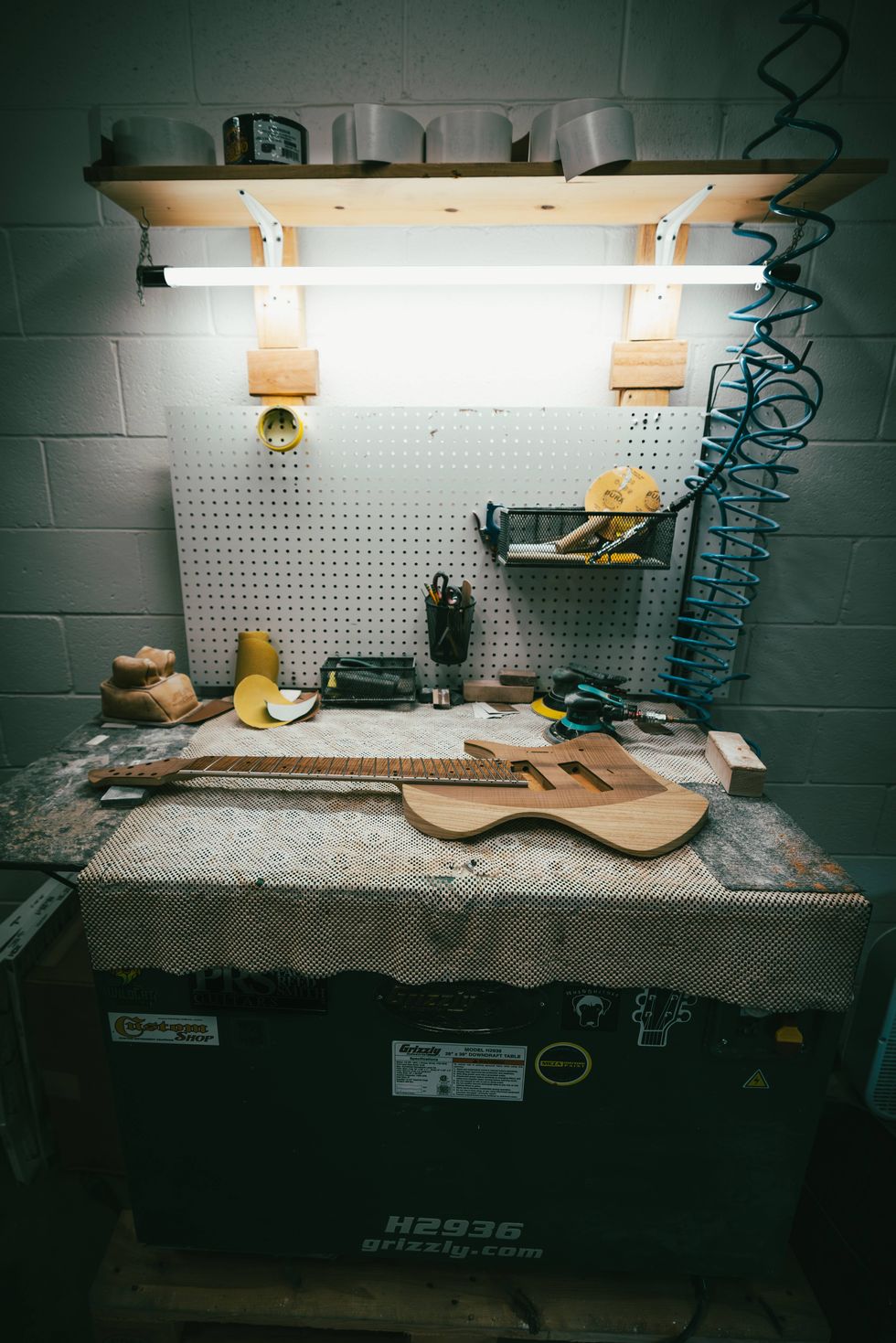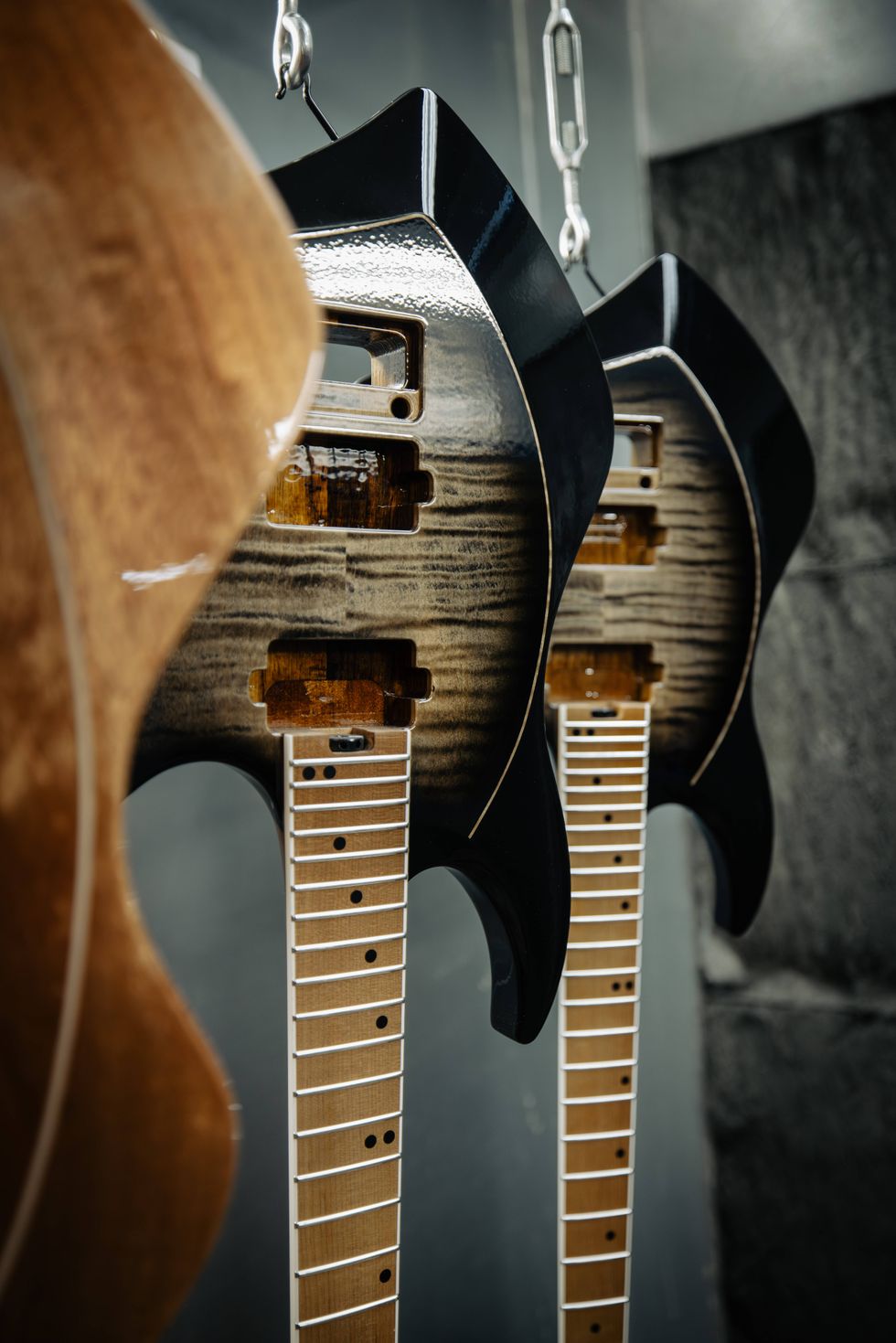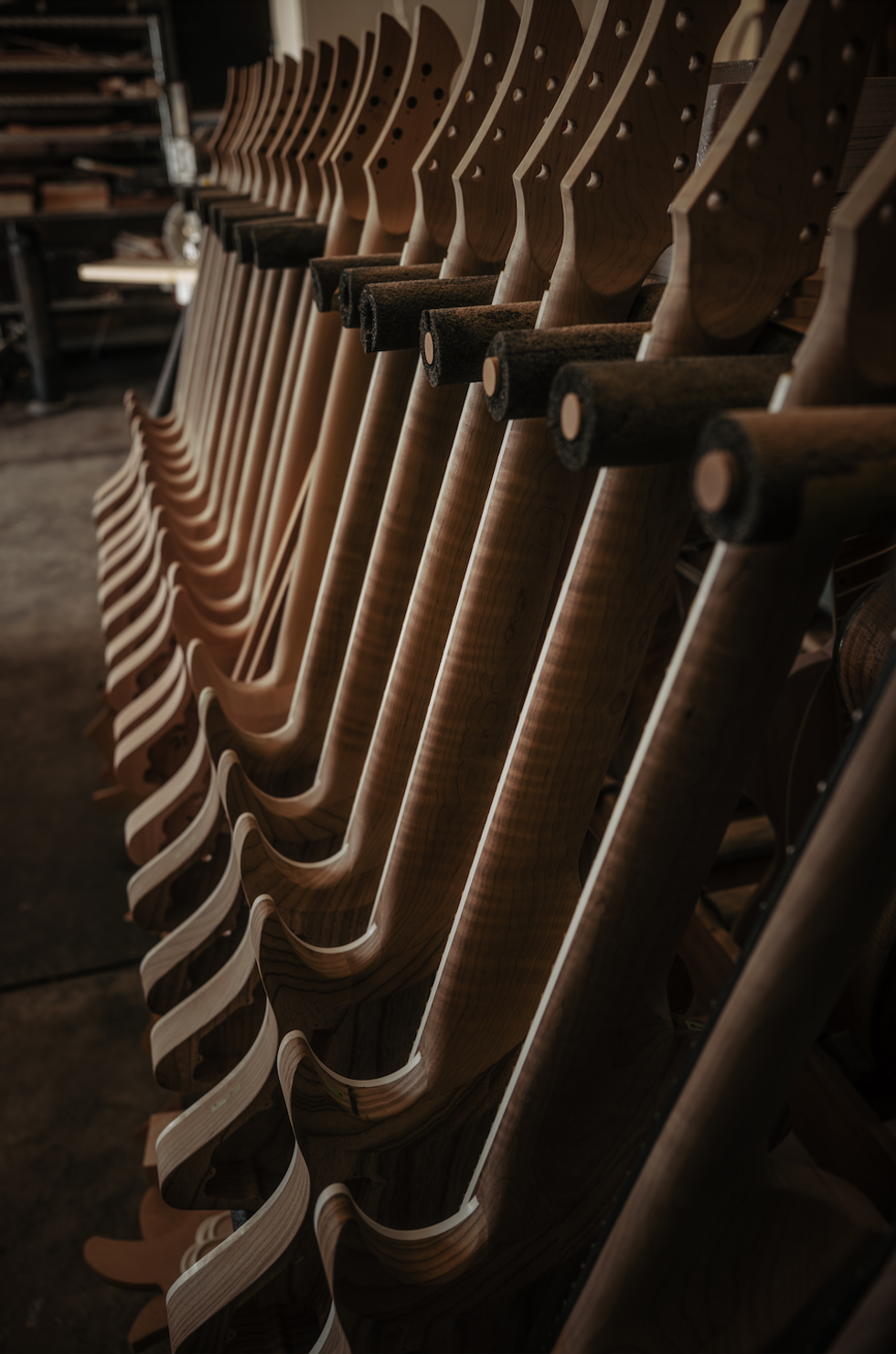This month we’re going to look at several factors that work together to play a critical part in determining your basic sound, which will ultimately end up playing a huge part in the development of your own style.
At the beginning of our (vastly simplified) signal chain, we’ll actually have your hands, which start a chain reaction when plucking/ picking/strumming a guitar’s strings – sending converted electrical signals down the guitar cable and into the input of an amplifier. Part of the excitement of playing electric guitar (from the very start of experiencing this whole sonic/physical phenomenon) is/was caused by the fascination of the sound that comes out from the amp’s speaker! When you look at it this process closely you will quickly discover that any brand of electric guitar and, naturally, any particular brand of guitar amplifier you’re plugged into will ALL sound very different from one to the other.
Now, let’s start at the beginning when the string is made to vibrate. I personally do not believe, in any way, shape or form, that a larger set of strings will give you a larger tone. This is really erroneous thinking in my experience, as there is much more to examine in how you play that actually creates bigger sound. To start dispelling this myth, string gauges vary tremendously in their sustain and decay. As the gauge of the string is increased, the sound will decay and die away noticeably sooner than if you were to use light string sets, due to its sheer mass. A heavier, thicker wound string (such as a .056, typically found in a 13-56 set of strings) cannot vibrate anywhere near as long as a lighter string. It’s a matter of simple physics.
But here’s another important difference: a .042 gauge wound string (used for the same low E string in a typical 9-42 set) will vibrate much longer than the .056 gauge low E wound string, installed on the same scale-length instrument tuned to the same exact pitch. After the string is set in motion, this .042 string will also have a very fast attack, keeping its amplitude higher and longer – actually heard by your ears as continuous sustain. If you don’t believe me, you can verify this with your eyes – observe the increased motion of the lighter string’s travels in both circular and side-to-side orbit.
Conversely, the larger .056 gauge low E string will decay (lose sustain) much faster and these changes in motion and time has a pronounced effect on how your hands will play each of the aforementioned string gauges. You’ll most likely play with a lighter touch when using a 9-42 set, because of the prolonged “zing” you hear and feel coming through the guitar’s neck and through the amplifier’s speaker.
| You’ll most likely play with a lighter touch when using a 9-42 set, because of the prolonged “zing” you hear and feel coming through the guitar’s neck and through the amplifier’s speaker. |
From my own experience playing traditional jazz (using a 13-56 set or heavier on the archtop), I know I had to adjust my touch radically when I shifted over to a legato style of playing, such as that employed by Allan Holdsworth. You will find that on heavier sets this technique may feel more of a chore to perform. I use 10-46 gauge sets on most of my electric instruments with the exceptions being my much beloved Gibson archtop, Gretsch Country Gentleman, a very large Guild F-50 and a smaller Martin 000 style. However, it needs to be stated that I do not play these instruments – stylistically – like any of the others. They are for entirely different musical applications (i.e. picking with my fingers or thumbpick), and the gauges were chosen by the scale-length of each guitar as well. These instruments are optimized for particular genres that I might find myself playing at any given time – if you find yourself playing across different styles, you’ll definitely want to spend some time finding the strings that best compliment those genres.
The next big part in our signal chain involves the guitar amplifier itself and how it responds to the way your hands/fingers “play” the guitar – that chain reaction we spoke of at the top of the column. This is where your style and sound evolve, and where you will discover how different tube types “play” differently from one type to another. But for now, it is a good idea to be more open to testing different string gauges and studying how they change your own playing style. See you next month with more hijinks.
Dean Farley
Dean Farley is the chief designer of "Snake Oil Brand Strings" (www.sobstrings.net) and has had a profound influence on the trends in the strings of today

